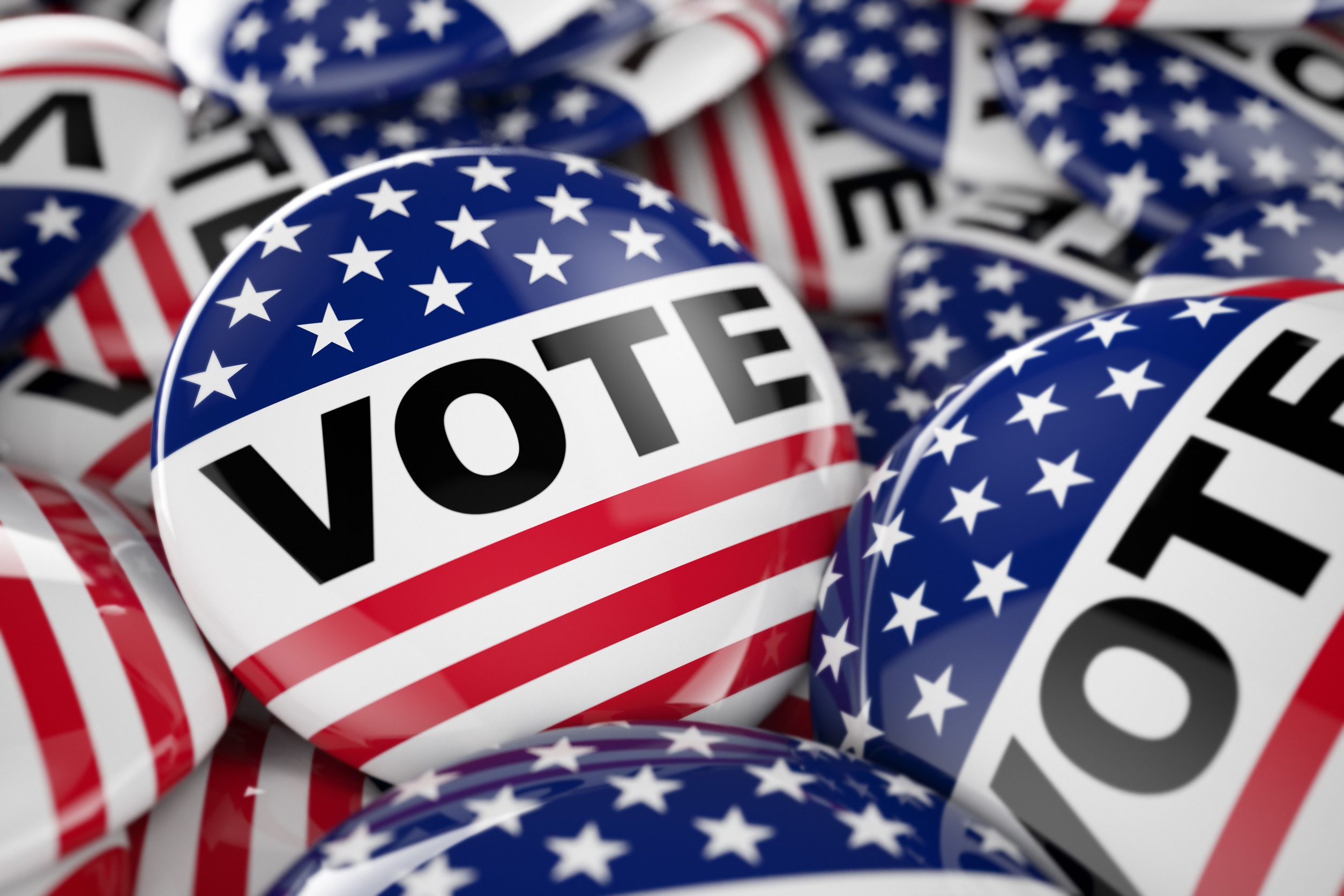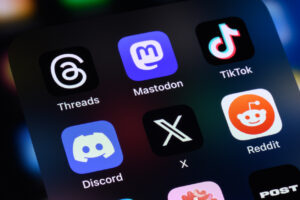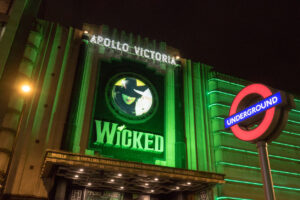The Scoop: Biden’s exit approach leaves Democrats with complicated comms cleanup
Plus: Airlines respond to CrowdStrike chaos; Norwegian faces PR nightmare after stranding family in Alaska.

President Joe Biden ending his campaign for reelection Sunday was not a total surprise: Pundits from both sides of the aisle have predicted this historic-but-understandable outcome since his disastrous debate three weeks ago. Likewise, his endorsement of Vice President Kamala Harris seemed like an obvious choice.
What caught many off guard, including members of his own reelection team, was how he chose to communicate the news: via a social media statement.
The New York Times reported that key members of the Biden team learned of the decision one minute before it went out on social media – but it was limited to those in his inner circle. According to Politico, some White House and campaign aides were left in the dark.
Many prominent Democrats, including Bill and Hillary Clinton, were quick to rally behind Harris, who issued a statement saying she’s “honored to have the President’s endorsement and my intention is to earn and win this nomination.”
Democratic National Committee Chair Jaime Harrison said in a statement that the “Party will undertake a transparent and orderly process to move forward as a united Democratic Party with a candidate who can defeat Donald Trump in November.”
Why it matters: There are 106 days left until the election. In that time, the Democratic party must coalesce around the new candidate, reintroduce her or him to the public, make the case for why he or she is the best choice, all while dodging attacks from their opposition.
It’s the stuff communications nightmares are made of.
While it seems likely that Harris will be the nominee, it’s far from certain. The Democratic Party has the unenviable task of displaying confidence and cohesion after a deeply divisive few weeks that has torn the party apart from the inside.
Biden’s statement, offered on plain, unadorned paper and posted to social media, will be remembered for its simplicity. While this may have been partially a result of Biden’s COVID-19 isolation, there was no speech from a podium, no Sunday morning talk show:, just a man acknowledging his time has passed and passing the torch.
It’s notable that his statement refusing the nomination was separate from the one endorsing Harris. While they came in quick succession, for just a moment, he stood alone in the spotlight.
While it must have been difficult for Biden’s staff to find out just before (and many after) the announcement, the threat of a leak was high. Sometimes, as much as communicators, we can’t be as transparent as we might like.
This past week has been one of the most consequential in recent history, beginning with the assassination attempt of Republican nominee Donald Trump and ending with the current president taking a step back. The flurry of quickly released statements show just how prepared all of politics for this once unthinkable conclusion.
As we inch nearer to November, your organization must be just as prepared for the months ahead. Political violence, candidate upheaval and more must be expected. And as communicators, it’s your responsibility to find those worst-case scenarios and be ready with holding statements for both internal and external audiences.
There will be no hiding from this election.
Editor’s top reads:
- Delta Air Lines headed into last Friday prepped to celebrate the busiest travel weekend of summer at over 90% capacity, per the company website. But the global CrowdStrike technology outage had other plans: it affected all business sectors, but among the hardest hit was the airline industry. On Sunday, more than 1,500 flights were canceled across the United States for the third successive day, according to the Associated Press. In response to the situation, Delta launched into crisis communications mode, converting the news section on its website into a real-time information resource for passengers, including details about available resources to flyers such as travel waivers, meal vouchers, hotel accommodations and transportation. Delta CEO Ed Bastian also released a statement that not only recognized and apologized for the inconvenience – that his company didn’t cause, mind you – while thanking his team for their hard work. Delta flyers may be a little annoyed with their travel experience. But they’ll also remember that the airline was able to go the extra mile to help them get home.
- Norwegian Cruise Line recently faced a PR nightmare of its own after inadvertently stranding an Oklahoma family in Alaska following a cruise-led excursion. Joshua Gault told the“Good Morning America” crew that his family – which included six children and a 78-year-old grandmother – was looking for a bus back to the ship when a local guide told them to wait for the next one. Only, the next bus never came. The Gault family had to spend more than $12,000 in expenses plus $9,000 in travel fees to get home. Generally, cruises remind anyone going on an off-ship excursion of the importance of not missing the charter bus back. Norwegian also said and did all the right things in response to the news; it promised to reimburse the family for those unexpected costs, refund them for part of their trip and offer them a 20% discount on a future cruise. But in the end it’s hard to win a PR case against a headline like “Oklahoma family socked with $12K in fees, extra expenses after getting left behind on Norwegian cruise.”
- Burberry has cut the price on its medium-size Knight handbag by 22%. In the past, lowering prices was a “no-no” in the luxury industry because it “sends a signal that the brand misjudged the value of its goods,” according to the Wall Street Journal, which also suggests that Burberry and other luxury brands cater to aspirational consumers – those who want to live a lavish lifestyle but aren’t quite wealthy. While a price drop can negatively impact the perception of a brand, Burberry has had to adapt to the fact the middle class can’t afford them anymore. It’s a major issue for all luxury brands as more than half of their purchases are made by the roughly 330 million who spend less than $2,180 a year on expensive handbags, clothing and jewelry, WSJ reported.
Casey Weldon is a reporter for PR Daily. You can follow him on LinkedIn.







